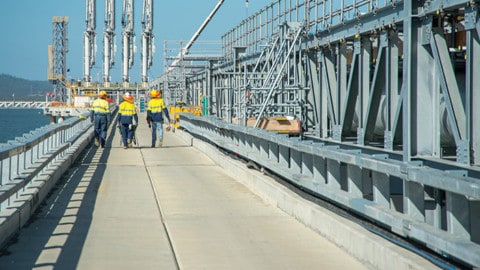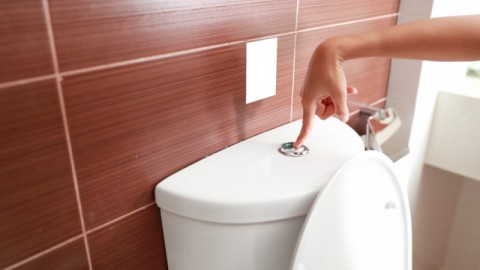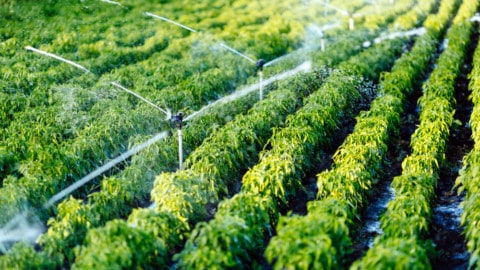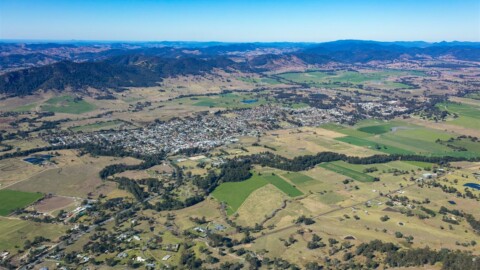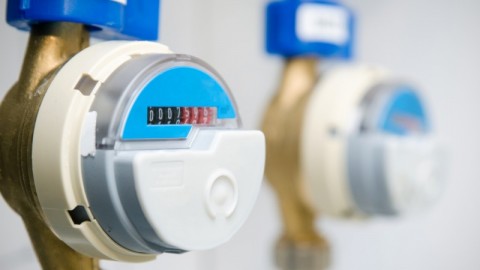As proactive environmental leaders, SA Water continues to integrate sustainable and innovative practices into its large-scale water and wastewater pumping operations, as it strives to achieve net-zero carbon emissions by 2030.
With approximately 1.7 million customers across all corners of the state, the utility has made a continued shift towards using renewable energy generation and storage at some of South Australia’s most remote locations, such as the Anangu Pitjantjatjara Yankunytjatjara (APY) Lands and Far West coast.
Together with a combination of efficient pumping operations and innovative solar scheduling technologies at two new remote desalination facilities, SA Water is already achieving significant reductions in power consumption.
Solar solutions in the APY Lands
SA Water manages water supplies and/or wastewater disposal systems in 13 Aboriginal communities and government facilities in the APY Lands – Indulkana, Mimili, Kaltjiti (Fregon), Umuwa, Pukatja (Ernabella), Yunyarinyi (Kenmore Park), Amata, Pipalyatjara, Kalka, Kanpi, Nyapari, Murputja and Watinuma. Included in these operations are 62 bores – 15 of which are solar-powered – five desalination plants and one wastewater treatment plant.
SA Water’s General Manager of Operations, Chris Young, said, “Having worked closely with communities across the APY Lands for many years, we understand the important role that a sustainable water service plays in maintaining public health and hydration, as well as facilitating future growth and development.
“Solar generation is a particularly useful renewable energy source, and its availability and scalability enables it to be integrated swiftly within our existing energy management portfolio across the state, achieving the greatest impact on our environmental performance.
“Given the abundance of warm and sunny weather across the Lands, it makes sense for us to use renewable energy where possible on the construction of new treatment facilities, without compromising on their performance.”
This focus on innovation was most recently demonstrated in the remote Aboriginal community of Kaltjiti, near the South Australia-Northern Territory border – with a new energy efficient desalination facility now up and running. Replacing the previous facility constructed in 2005, the small-scale reverse osmosis plant can produce up to 120,000 litres of water each day.
“With the previous plant reaching the end of its useful life, Kaltjiti’s new desalination plant will help us to continue providing sustainable water services to the local community well into the future,” Mr Young said. “Using the process of reverse osmosis, the plant removes any naturally-occurring impurities like high levels of salinity, which are found in many of Australia’s inland groundwater sources.

SA Water’s Project Engineer, Daniel Brown, and Rowater’s Engineering Manager, Anthony Ho, stand inside Yalata’s new treatment plant.
“It also manages levels of naturally-occurring fluoride, in line with the Australian Drinking Water Guidelines (2011), before delivering the high-quality drinking water to the community. “As further demonstration of our path to becoming proactive environmental leaders, the plant is also fitted with 38 kilowatts of solar panels and additional battery storage, helping to harness the region’s traditionally warm and sunny weather, to reduce carbon emissions and our reliance on power from the local grid.
“Like many of our remote treatment sites, the plant is fitted with a high-tech computer system which can be remotely monitored and controlled by our people, meaning any required faults or maintenance can be identified early and repaired as needed by our team or local contractors.”
Yalata’s green energy machine achieves 400 per cent milestone
South of Kaltjiti on South Australia’s Far West Coast lies the small Aboriginal township of Yalata. Looking to construct a new, state-of-the-art desalination facility to service local customers, SA Water turned to the use of 40 kilowatts of solar energy and back-up battery storages to capture the region’s sunshine and reduce reliance on the local power grid.

SA Water plans to integrate around 360,000 solar panels at its locations across Australia to reduce energy costs.
“Within a matter of months, the new desalination facility had used a fraction of the energy required to power the old plant, falling from an average of 10,000 kilowatt hours per quarter prior to the upgrade, to just over 2,000 kilowatt hours,” Mr Young said.
“Our new plant – which is capable of producing 180,000 litres of water per day – is predominantly powered by a 40-kilowatt solar array with back-up storage, and with increased throughput we are able to produce enough water while the sun is shining to meet customer demand during the day and store water for supply overnight.
“Through clever design and construction, we have increased the Yalata plant’s capacity to secure a reliable water supply for our customers, while also reducing our environmental footprint. “The previous plant’s energy consumption got as high as 22,000 kilowatt hours per quarter last year, so it is fantastic to see the new plant harnessing more clean energy to reduce greenhouse gas emissions and operational costs.
“Importantly, upgrading our plant at Yalata ensures safe, clean drinking water into the future to support the health and wellbeing of the local Aboriginal community.”
A solar journey
SA Water is among South Australia’s largest electricity users, with the utility’s energy-intensive drinking water and wastewater pumping and treatment operations across the state costing approximately $86 million in 2020-21.
Driven by a desire to deliver sustainable benefits for its customers and business, the utility has enhanced its focus on renewable energy sources and storage at pump stations, pipelines, and treatment plants, headlined by its industry-leading Zero Cost Energy Future initiative.
“One of the largest leaps on our ambitious path to slash operating costs and carbon emissions is our initiative to integrate around 360,000 solar panels at our locations across Australia, together with 34 megawatt hours of battery storage,” Mr Young said. “Once progressively energised and connected to the national grid, these sites will generate 242 gigawatt hours of clean, green solar energy per year, which is around 70 per cent of our annual electricity needs in an average weather and water consumption year.
“In the same way that many Australians have harnessed the benefits of solar panels at home, we are making some of our physical assets work harder for us, taking advantage of our large buildings, roof spaces and land holdings to generate a sustainable source of energy. “There will still be times when we draw electricity from the grid to power our pumping operations, but we’ll offset those costs by storing and selling energy we produce at other times, to bring our net external electricity expenses down.
“It is clear that one of the most significant challenges facing the water industry is climate change, and through this large-scale project and the wider implementation of renewable energy, electric vehicle integration and focus on land biodiversity, we’re proactively taking steps to help transition to a low-carbon economy over the coming decade.”







